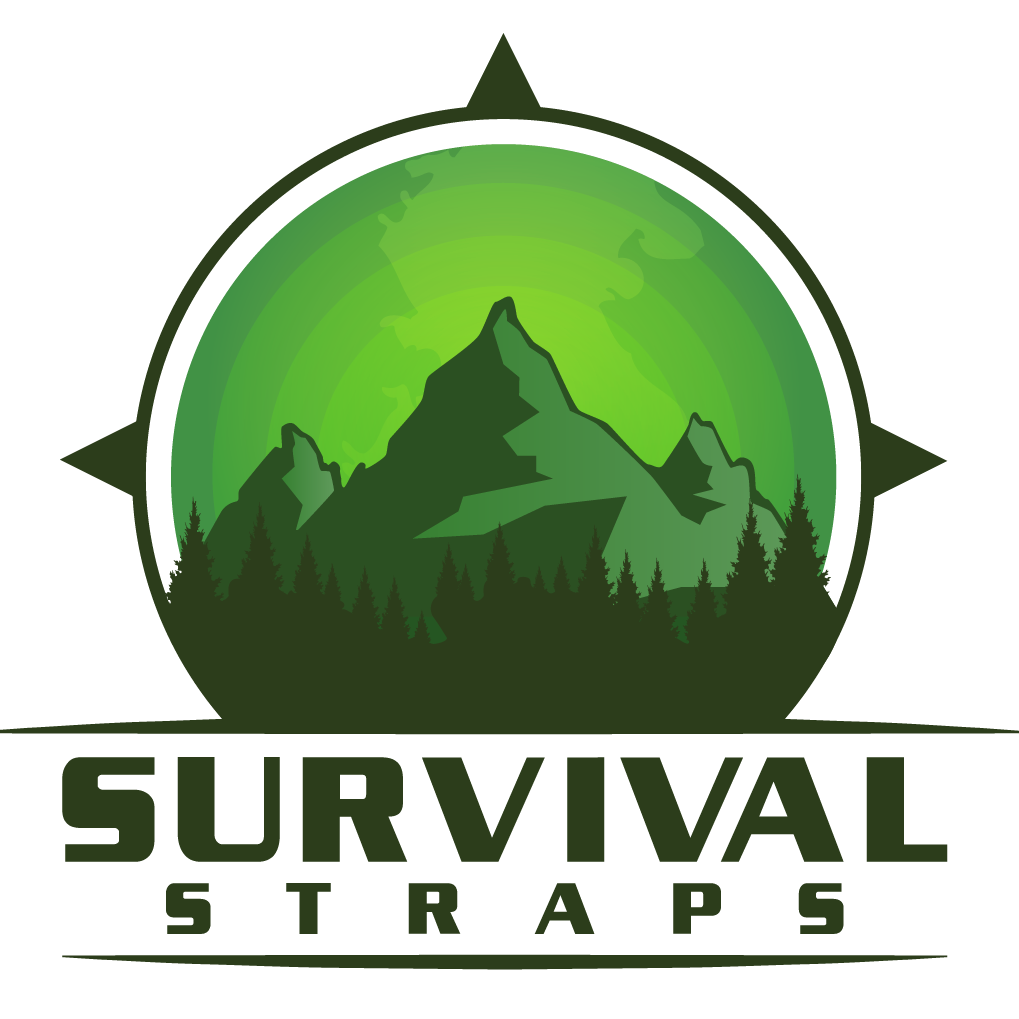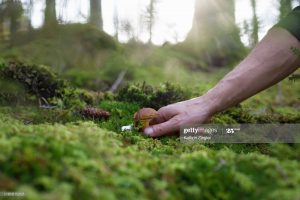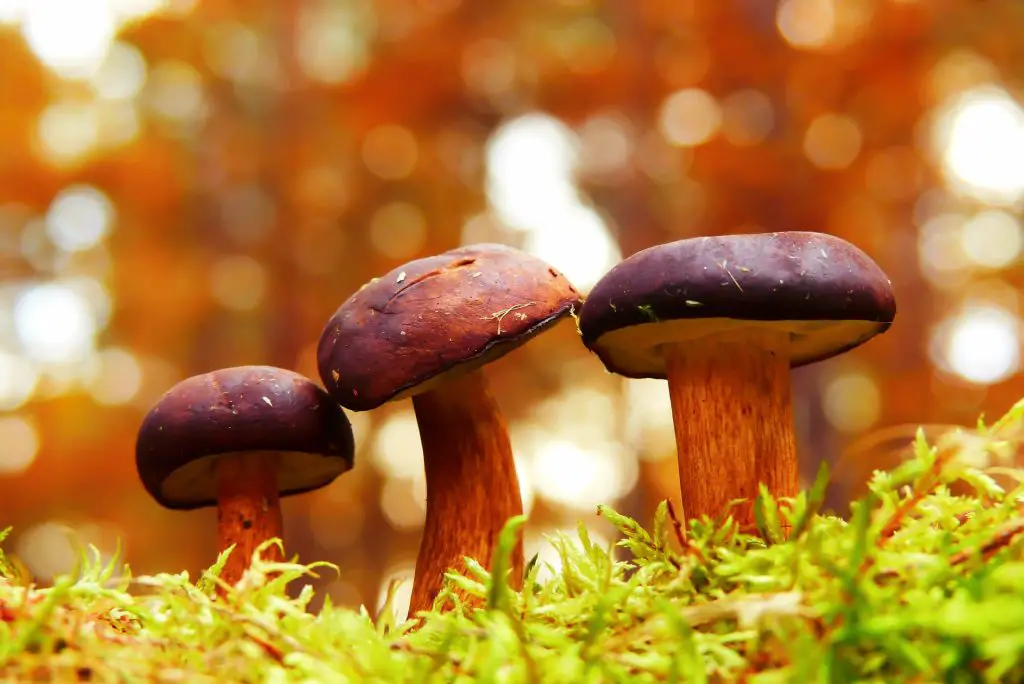Eating healthy has been the slogan of nutritionists and other health experts for some decades. This development is due to one simple reason; we are what we eat. If we eat bad food, our body organs are bound to react negatively, maybe not immediately, but eventually. The best kind of food to eat is unprocessed food.
This category includes fruits, vegetables, water, and other natural items. However, one food source that most people are unwilling to try is edible wild plants. Some wild plants might seem random or harmful to the body when, in reality, they are quite good for you.
They are also very delicious, and some serve as spices in a wide range of delicacies. Whether you want to create original recipes or eat to survive, it is important to know which plants are edible and which ones aren’t.
This article has been compiled to present you with some of the best edible wild plants available. Enjoy!
18 Edible Wild Plants
Below are the top 16 edible wild plants. It is important to note that although these plants are edible, you have to make sure they are correctly identified before you use them or eat them. Using wrongly identified plants can lead to food poisoning or worse.
Learn all about surviving tips, tricks, and more on our blog HERE.
You may also like
| How to Survive a Nuclear Attack? |
| What Do Binocular Numbers Mean? |
| What are the 3 Types of Fishing For Survival? |
11. Common Chickweed
Region
Chickweed grows in Europe and North America. It thrives in cool, wet weather and also moist and shady locations.
Consumption
Chickweed plant is mostly edible; you can eat the leaves, flowers, seeds, and stems. Too much of it can, however, be poisonous.
12. Wild Bee Balm
Region
The wild bee balm is an herbaceous plant that grows in parts of North America.
Consumption
The leaves of the plant are edible, and you can eat them raw or cooked. If you are looking for something unusual to garnish your salad, then this is the right vegetable. The leaves can also be used to make tea.
13. Sweet Rocket
Region
The Sweet Rocket can be found in Asia, Europe, and North America. It can grow anywhere, and folks are less concerned because it smells nice.
Consumption
It is also very edible, and it serves as a great addition to your salads.
14. Pineapple Weed
Region
Pineapple weed grows in North America, Russia, Mexico, East Asia, and England.
Consumption
The leaves and flowers of Pineapple weed are edible, but that is not the plant’s major selling point.
Applications
The best thing about it is that it can be used for stomach aches, running temperatures, and other infections.
15. Herb Robert
Region
Herb Robert can be found in parts of Western Europe.
Consumption
All parts of this plant are edible, and it also has many wide applications.
Applications
It can be used to treat stomach upsets and nosebleeds. It can also be used to make tea. In old times and even today, some wildlife folks crush it and rub it on the skin as an insect repellant.
16. Miner’s Lettuce
Region
Miner’s lettuce grows in England, Central America, and South America.
Consumption
The leaves and stems of this product are edible, and it is very high in vitamin C. California gold rush miners used to eat it a lot to protect themselves from scurvy.
17. Lamb’s Quarters
Region
Lamb quarters grow freely.
Consumption
While some people classify it as a weed, others say it is a strong kitchen recipe. The important fact is that it is edible.
18. Mallow
Region
Another medicinal, edible wild plant is Mallow. Mallow grows in Europe, Australia, Asia, and North Africa.
Consumption
This plant is entirely edible, and it can be eaten completely.
Medicinal
However, it is more medicinal than nutritional. It can be used to cure inflammations, indigestion, and other common medical ailments.
Recent insights and considerations regarding the consumption of wild plants:
- Sustainability and Environmental Impact: Recent discussions emphasize sustainable foraging. Overharvesting wild plants can lead to ecological imbalances and the depletion of natural resources. It’s essential to harvest responsibly, taking only what you need and leaving enough for the plant to regenerate and for wildlife.
- Nutritional Benefits: Research has increasingly highlighted the unique nutritional profiles of wild plants. Many wild edibles are rich in vitamins, minerals, and antioxidants, often more so than their cultivated counterparts. For example, dandelion greens are high in calcium and vitamins A, C, and K.
- Culinary Trends: There’s a growing trend in the culinary world to incorporate wild foods into modern cooking. Chefs and food enthusiasts are experimenting with these ingredients to create innovative dishes that offer new flavors and textures.
- Urban Foraging: Urban foraging is becoming more popular, with people in cities seeking out wild plants in parks and urban spaces. This practice encourages a deeper connection with local ecosystems and offers a way to access fresh, organic produce.
- Educational Resources and Workshops: There’s an increase in workshops and online resources dedicated to educating people about edible wild plants. These resources often focus on safe foraging practices, plant identification, and preparation methods.
- Climate Change Impact: Climate change is affecting the growth patterns and availability of certain wild plants. Some species may become more scarce or shift their geographical range, altering their accessibility.
- Cultural Significance: There’s a growing recognition of the cultural importance of wild plants in many indigenous and local communities. These plants often have historical and cultural significance that goes beyond their nutritional and medicinal value.
- Legal and Ethical Considerations: In many regions, there are legal restrictions on foraging in certain areas. It’s important to be aware of and respect these regulations to protect natural habitats and respect private property rights.
Conclusion
Some wild plants are edible, and we are happy that you have allowed us to show which ones fall within this category.
These plants can be eaten (in an emergency or survival situation), and they can also be added to boost your recipe and give your food an original flavor. Enjoy
Find out everything to know about survival on our website.



